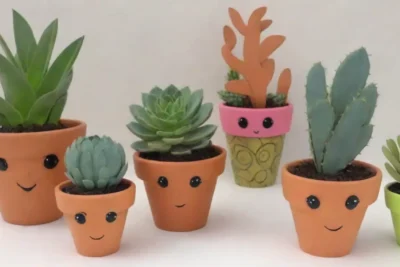
Reclaimed Wood Succulent Planters: A Rustic DIY Project
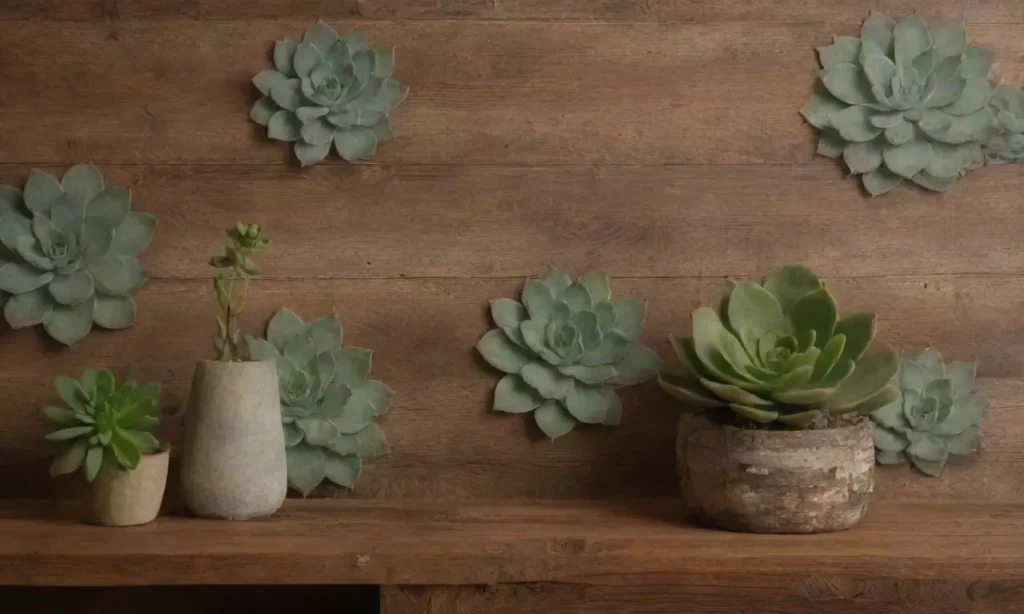
Introduction
The charm of reclaimed wood lies not only in its aesthetic appeal but also in the sustainable aspect it offers. Each piece tells a story, infused with history and character that new wood simply cannot replicate. As more individuals strive to incorporate natural elements into their interior and exterior spaces, the idea of using reclaimed wood to craft unique succulent planters has emerged as a popular trend. This article aims to guide you through the process of creating your own stunning succulent planters using reclaimed wood, while exploring the benefits and potential styles that can complement any decor.
In the following sections, we will detail the materials you need, the step-by-step process to create your own wood succulent planters, and the essential care tips for your succulents once planted. This DIY project not only allows for creativity and personalization but also provides a delightful way to enhance your living space with greenery. Whether you are a seasoned DIY enthusiast or a novice looking to try something new, you will find valuable insights and guidance within this article.
Benefits of Using Reclaimed Wood for DIY Projects
When it comes to DIY projects, the choice of materials can greatly influence the outcome and sustainability of the project. Reclaimed wood stands out as an exceptional choice for various reasons, beginning with its environmental benefits. Opting for reclaimed wood reduces the demand for new lumber, thereby conserving forests and promoting responsible forestry practices. This act of recycling materials not only minimizes the ecological footprint but also contributes to a more sustainable lifestyle, an element many are eager to embrace in today's world.
Apart from its environmental benefits, reclaimed wood carries a unique aesthetic appeal that can enhance any space. Each piece is imbued with character, often featuring distinctive colors, textures, and imperfections that tell its story. This quality brings a rustic charm that can blend seamlessly with various design styles, from vintage to modern. Moreover, blemishes often associated with reclaimed wood — such as nail holes, patinas, and weathered edges — can add character to your succulent planters, making them unique pieces of art for your home or garden.
Furthermore, reclaimed wood is exceptionally durable, having withstood the test of time. Unlike newly sourced lumber, which may be treated with chemicals or may be weaker against the assault of environmental factors, reclaimed wood has already demonstrated its resilience. This ensures that your succulent planters will not only look fantastic but also last for a long time, making it a worthy investment for any DIY enthusiast looking to elevate their gardening experience.
Necessary Materials for Creating Reclaimed Wood Planters
Before embarking on your DIY succulent planter project, gathering the necessary materials is crucial to ensure a smooth crafting process. Here’s a list of materials that you will need:
Reclaimed Wood
The star of your project, reclaimed wood, can often be sourced from various places, including old barns, shipping palettes, or even scrap materials from a local woodworking shop. When selecting wood, aim for pieces that are sturdy and weather-resistant, especially if you intend to place them outdoors. Common types suitable for planters include cedar, pine, or redwood due to their natural rot-resistance properties and durability. Recycling old furniture or pallets can also be an excellent option to consider.
 Unique Succulent Arrangements in Vintage Teacups: A Tutorial
Unique Succulent Arrangements in Vintage Teacups: A TutorialTools
The main tools you'll need for cutting and assembling your reclaimed wood planters include:
- Circular saw or a handsaw for cutting the wood to your desired dimensions.
- Drill with drill bits suitable for creating drainage holes.
- Screws or nails and a screwdriver or hammer for assembly.
- Sandpaper or a power sander to smooth out sharp edges and rough surfaces.
Having quality tools on hand will not only simplify the building process but also give your planters a polished look.
Drainage Materials
Since succulents require well-drained soil to thrive, it’s essential to incorporate drainage materials into your planter design. Consider adding a layer of rocks or pebbles at the base of your planter before adding soil. This will ensure that excess water flows away from the roots, promoting a healthy growing environment for your succulents. You will also need potting soil suitable for succulents, which typically consists of a mix that provides adequate aeration and drainage.
Step-by-Step Guide to Making Your Reclaimed Wood Planter
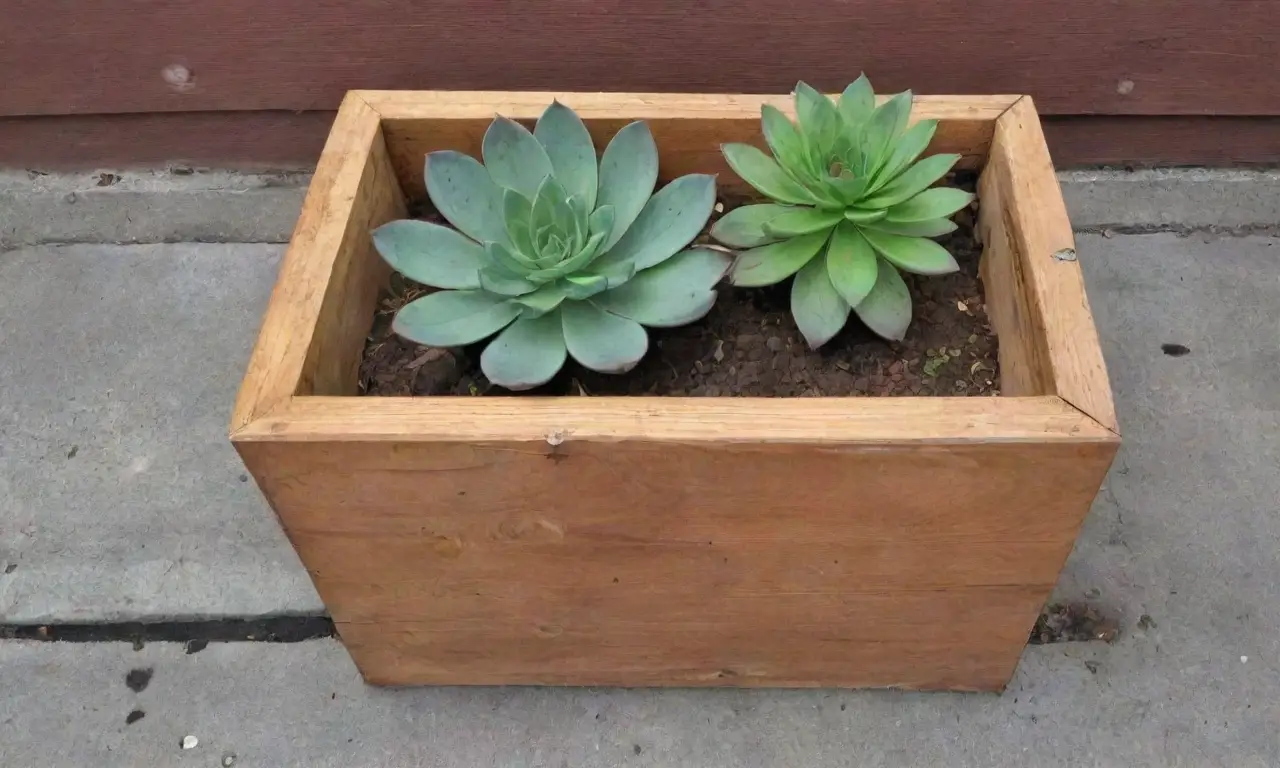
Creating your own reclaimed wood succulent planter can be a rewarding activity that allows for creativity and personalization. Here’s a step-by-step guide to help you navigate the process:
1. Preparing the Wood
Begin by cutting your reclaimed wood into the desired sizes for your planter. For a basic rectangular planter, you’ll typically need four pieces: two longer sides and two shorter ends. Depending on your design, you might also want to create a bottom for added stability. After cutting, it is crucial to sand the surfaces to eliminate any rough edges and splinters. Sanding can help prevent harm to your plants and make your planter visually appealing.
2. Assembling the Planter
Using a drill, make holes in each corner of your pieces where you will fix them together using screws or nails. Start by attaching the longer sides to the shorter sides, forming a box shape. Be sure to drill pilot holes to prevent cracking the wood, especially as reclaimed pieces may be more brittle. If you opted for a bottom piece, attach that last.
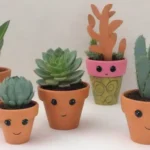 Versatile Succulent Clay Pots: Customizing to Fit Your Style
Versatile Succulent Clay Pots: Customizing to Fit Your Style3. Adding Drainage and Soil
Before placing soil into your planter, add a layer of rocks or expanded clay balls at the bottom. This is critical for drainage and ensures that your succulents won’t rot due to water build-up at the base. Next, fill the planter with your specially formulated succulent potting mix to provide a healthy foundation for your plants. Leave enough space at the top for your succulents to be planted.
Choosing the Right Succulents for Your Planter
Once you have crafted your reclaimed wood planter, selecting the right succulents can significantly enhance its aesthetic appeal. Succulents are popular for their diverse shapes and colors, making it easy to create stunning displays. Here are some factors to consider when choosing the right plants:
1. Climate Conditions
Before selecting succulents, take into account the climate of the location where you’ll be displaying your planter. Some succulents thrive in bright, direct sunlight, while others prefer partial shade. For outdoor planters, opt for varieties like Sedum or Echeveria, which can withstand different weather conditions. For indoor planters, varieties like Haworthia or Aloe Vera would flourish in lower light.
2. Size and Growth Habit
Consider the size of your planter and the growth habits of the succulents when choosing what to plant. Some varieties may grow upright while others creep or spread, potentially overshadowing their companions. Mixing different growth habits can create a visually compelling composition.
3. Color and Texture
The beauty of succulents extends beyond just shape; their colors can range from vibrant blues and greens to reds and purples. Flavoring your planter with multiple colors can create a captivating display. Sticking to a theme, such as monochromatics or complementary colors, can also enhance its overall impact.
Care and Maintenance of Your Succulent Planters
After successfully creating and planting your succulent planter, it's important to establish a care routine to nurture healthy growth. Here are essential care tips to keep your succulents thriving:
1. Watering Practices
Watering is one of the most critical aspects of succulent care. As a rule of thumb, give your succulents a good soak and then allow the soil to dry out completely before watering again. You can use a moisture meter to check the moisture levels or simply stick your finger an inch into the soil. Overwatering can lead to root rot, which is often fatal for succulents.
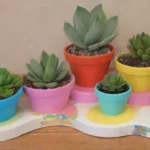 How to Make an Upcycled Succulent Planter from Old Toys
How to Make an Upcycled Succulent Planter from Old Toys2. Fertilization
While succulents do not require excessive nutrients, incorporating a diluted liquid fertilizer once during the growing season (spring and summer) can be beneficial. Stick to a fertilizer specially formulated for cacti and succulents and apply it sparingly; too much can harm the plants rather than help them.
3. Pruning and Grooming
Regular grooming is necessary to keep your succulent planter looking its best. Remove any dried leaves or dead stems promptly to promote healthy growth and prevent pest infestations. Additionally, if your succulents become leggy or overgrown, you may want to prune them back to encourage bushier growth.
Conclusion
Creating a succulent planter out of reclaimed wood not only offers a sustainable gardening solution but also provides an opportunity for personal expression through design. This DIY project interacts beautifully with nature by breathing new life into forgotten wood while cultivating living art in the form of vibrant succulents. You can celebrate the character of reclaimed wood while contributing to environmental sustainability and enhancing your living space's charm.
As you undertake the process of creating and caring for your planned succulent planter, remember to embrace the journey and enjoy the creative experience. The combination of the rustic aesthetic and the delicate beauty of succulents can create stunning arrangements that serve as a focal point in your home or garden. By embracing this thoughtful process, you’re not just building a planter; you are forging connections with both nature and history, providing a unique narrative that you can cherish for years to come.
So, roll up your sleeves, gather your materials, and get crafting! Let your reclaimed wood succulent planters tell their story while they flourish in your home — after all, in every piece of reclaim wood lies a history waiting to be told, and in every succulent, a whisper of nature that you are invited to nurture and celebrate.
If you want to read more articles similar to Reclaimed Wood Succulent Planters: A Rustic DIY Project, you can visit the DIY Projects category.

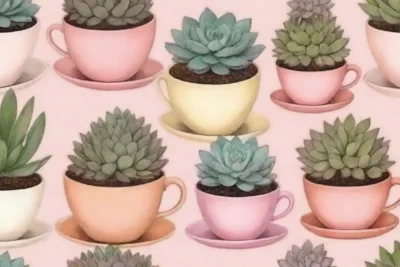
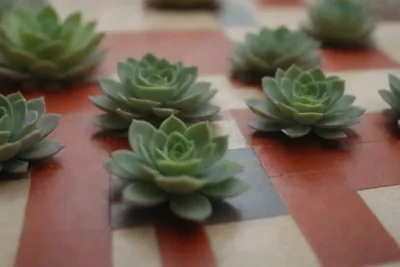

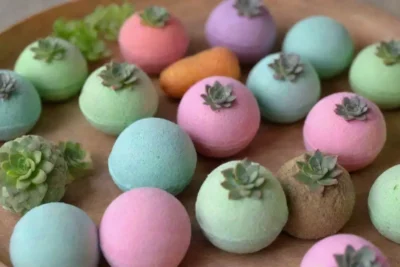
You Must Read